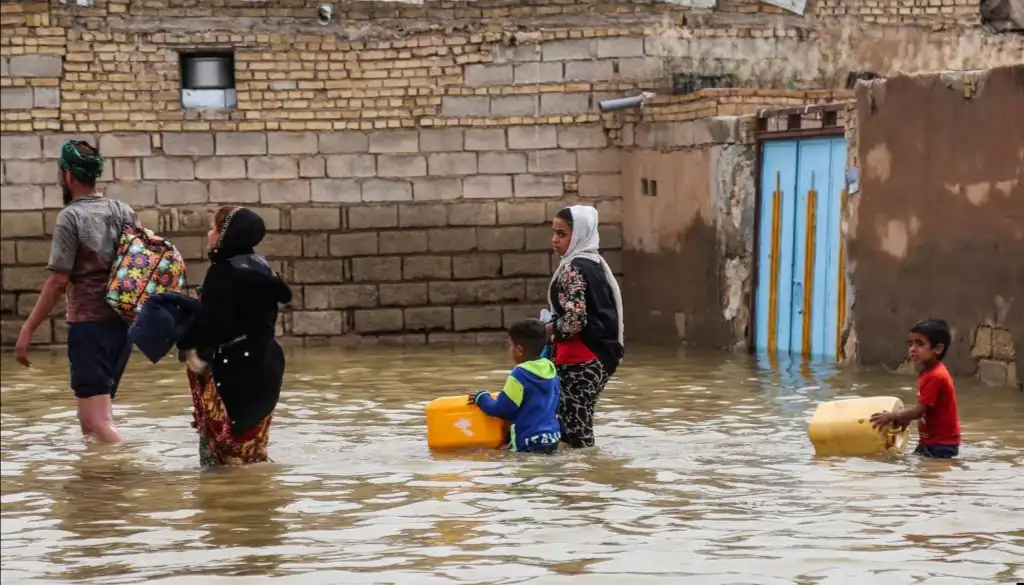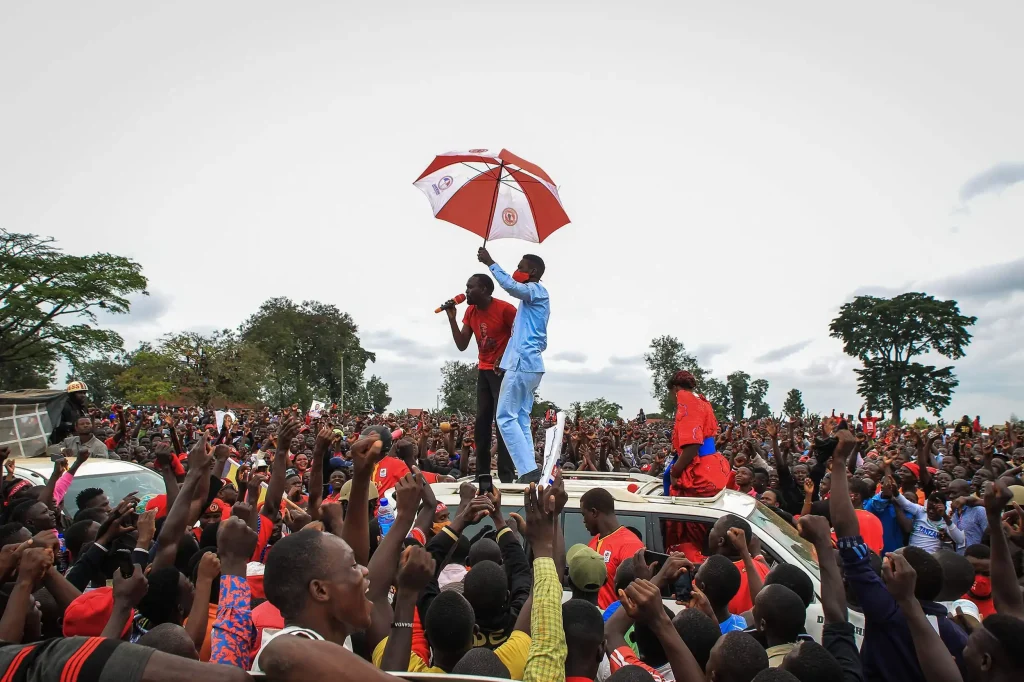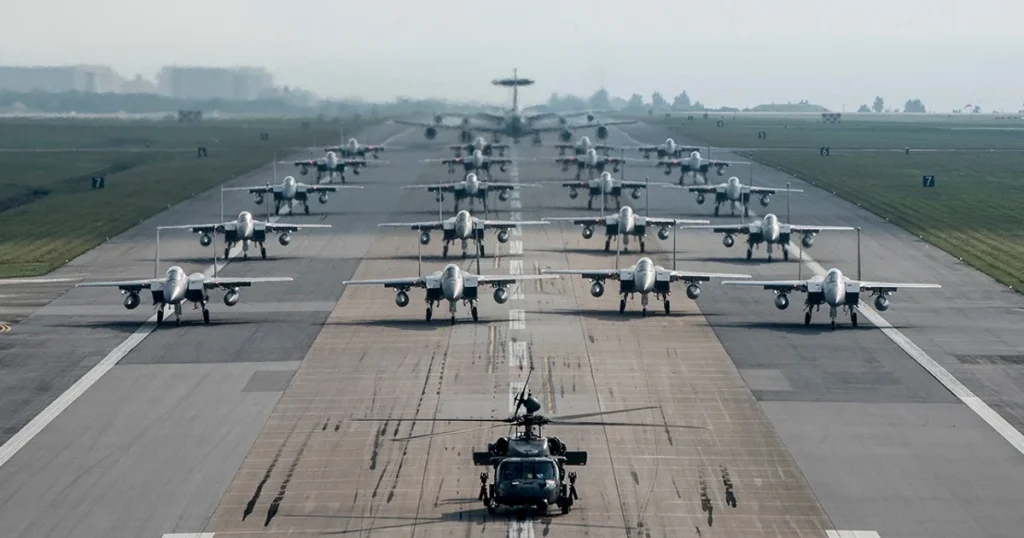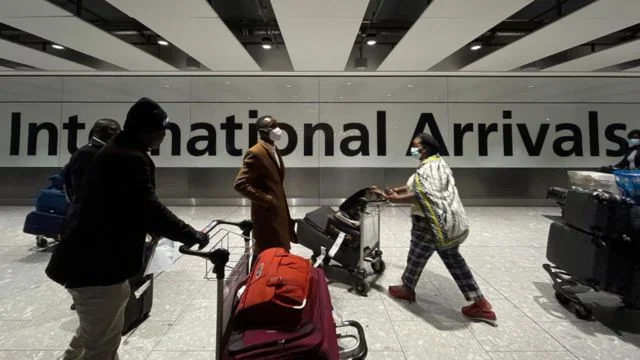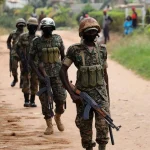A catastrophic wave of monsoon rains has unleashed historic flooding across southern Thailand. The deluge has plunged nine provinces into chaos. Major cities near the Malaysian border remain underwater.
The relentless rain has paralyzed the region’s economy. Local officials describe it as the heaviest rainfall in decades. In some districts, it is the worst in centuries.
Transport links have been severed. Authorities have forced emergency evacuations on a massive scale. As of Wednesday, the death toll has climbed to at least 33. Furthermore, millions of residents are now affected by the rising waters.
Hat Yai: A City Paralyzed
The situation has reached a critical breaking point in Hat Yai. This district is the commercial heartbeat of Songkhla province.
What began as seasonal rain escalated into a historic disaster. Meteorological data indicates the district experienced its heaviest single-day rainfall in over 300 years. Consequently, drainage systems were overwhelmed. City streets have turned into raging rivers.
Aerial footage reveals a landscape entirely transformed. Major thoroughfares are submerged under meters of murky brown water. Vehicles lie abandoned and nearly invisible beneath the surface.
The severity of the inundation has trapped thousands of residents. Many have retreated to upper floors or rooftops to await rescue.
Hospital Crisis The crisis has breached critical infrastructure. Hat Yai Hospital faces a desperate situation. Floodwaters have encroached on the ground floor. This threatens vital power supplies.
Authorities have launched an urgent operation to evacuate patients. Military helicopters have airlifted infants and critical patients to safer facilities. Dwindling oxygen supplies and compromised access routes continue to threaten lives.
Pattani and the Deep South on Alert
The crisis is shifting further south. Hat Yai grapples with immediate devastation. Meanwhile, meteorological agencies have issued grave warnings for Pattani, Yala, and Narathiwat provinces.
In Pattani, the impact is visible. Floodwaters have breached the banks of major rivers. The water has spilled into commercial districts. Business owners are fortifying storefronts with sandbags to protect their livelihoods.
The rising tide threatens essential services. The entrance to the main provincial hospital is reportedly near-flooded. This complicates access for emergency vehicles.
The disruption to daily life is total. Schools across 12 provinces have closed indefinitely. Officials want to protect students from drowning and electrocution risks.
A Massive Rescue Operation
The Thai government has declared a state of emergency. Prime Minister Anutin Charnvirakul has mobilized the full weight of the state’s resources.
The military has deployed a fleet of assets. This includes the aircraft carrier HTMS Chakri Naruebet. Helicopters and amphibious trucks are also reaching isolated communities.
In a display of resilience, relief workers are using ropes. They hoist food baskets to stranded families who cannot leave their homes.
However, the scale of the disaster tests these efforts. Reports indicate that over 400 tourists were evacuated from flooded hotels in Hat Yai alone. Thousands more visitors remain stranded in the region.
Economic and Human Toll
The economic fallout is severe. The flooding struck during peak tourism season. This sector is a vital economic driver for the south.
Train services are suspended due to track erosion. Airports also face access issues. Consequently, the University of the Thai Chamber of Commerce estimates daily losses could reach 1.5 billion baht (approximately $43 million).
Beyond financial costs, the human toll is staggering. Aid organizations like Save the Children have issued warnings. Nearly half a million children are at risk. They face dangers ranging from waterborne diseases to separation from their families.
Southern Thailand faces a long recovery. The rain continues to fall, and the waters show little sign of receding.

